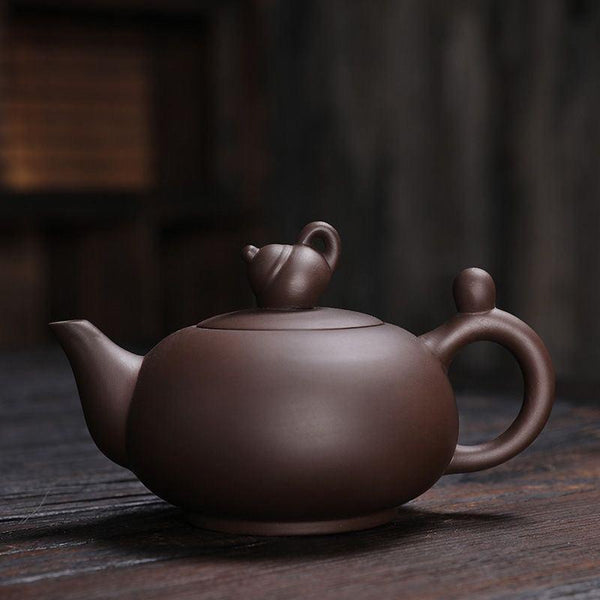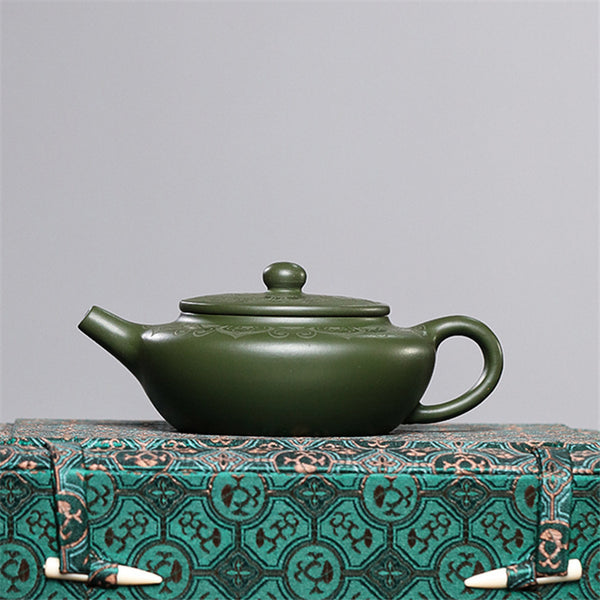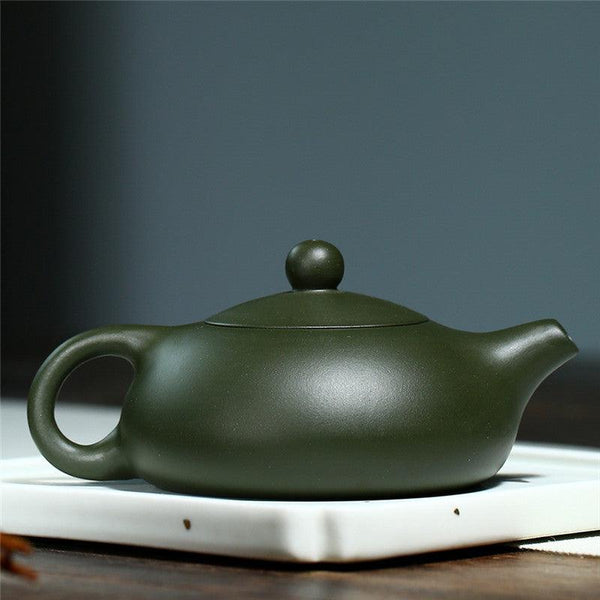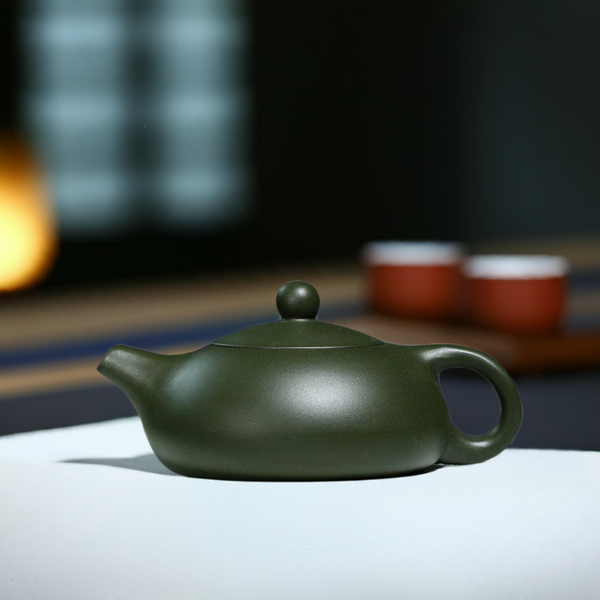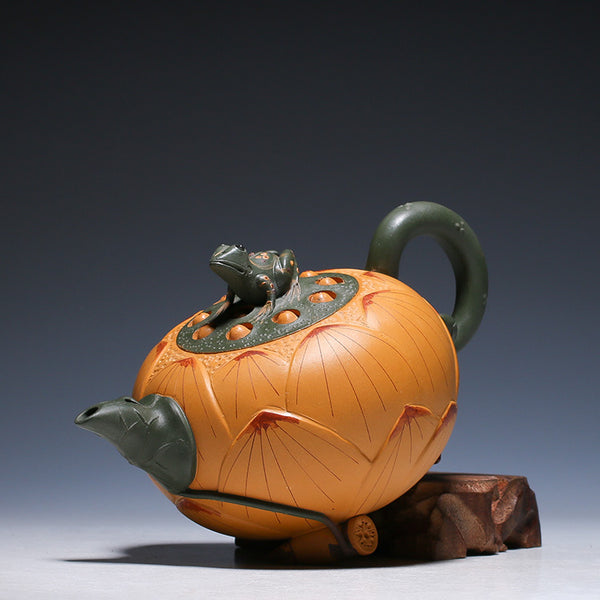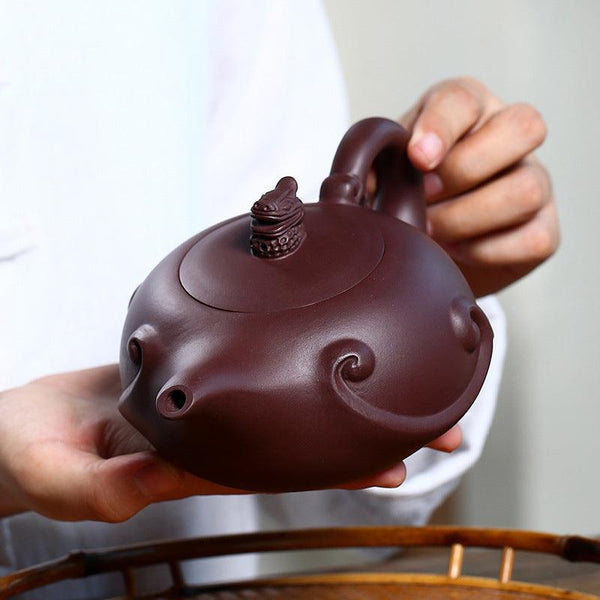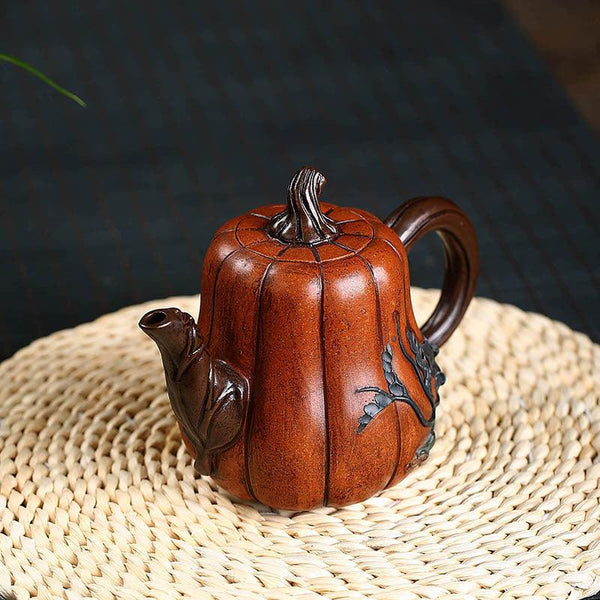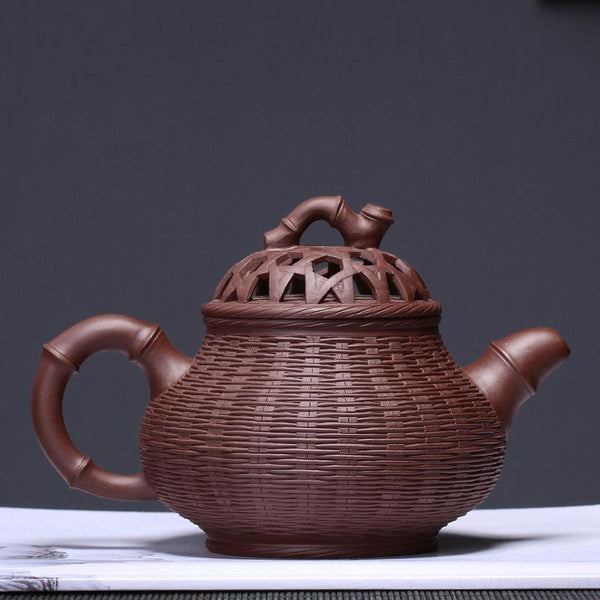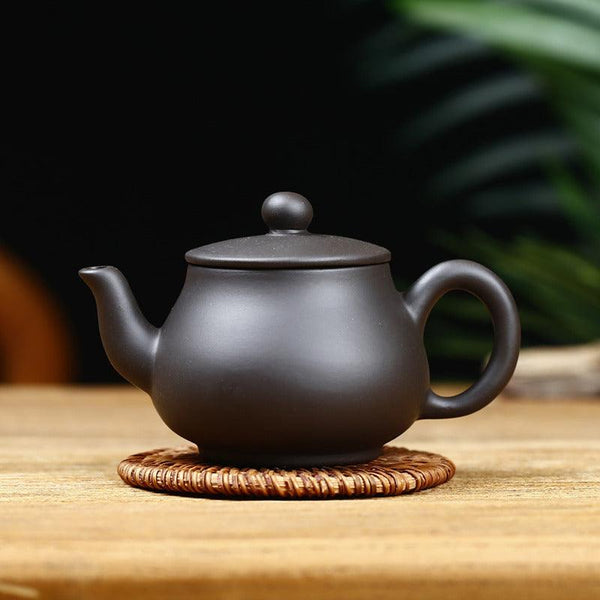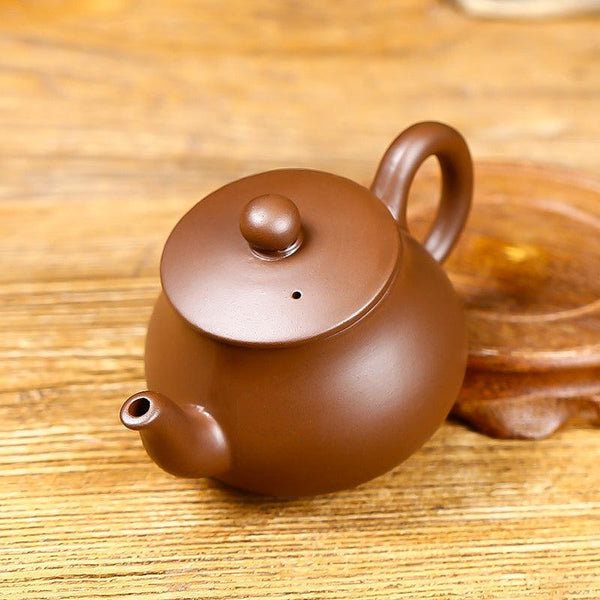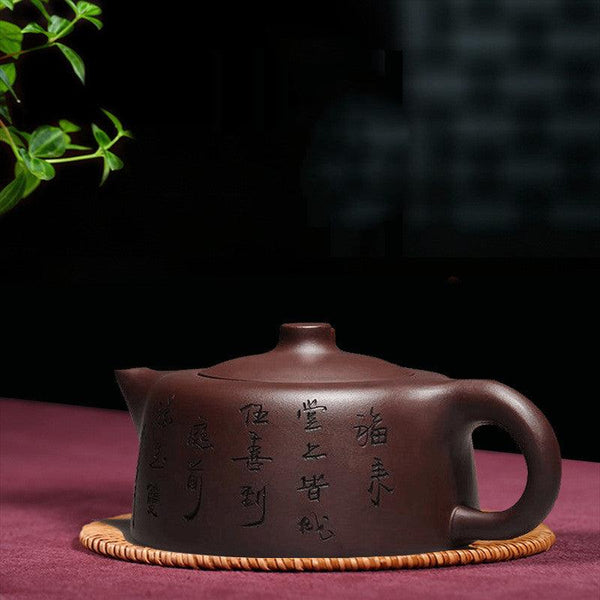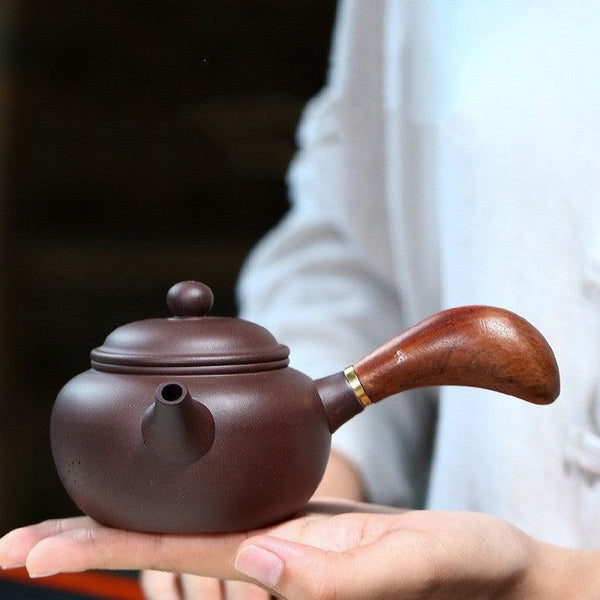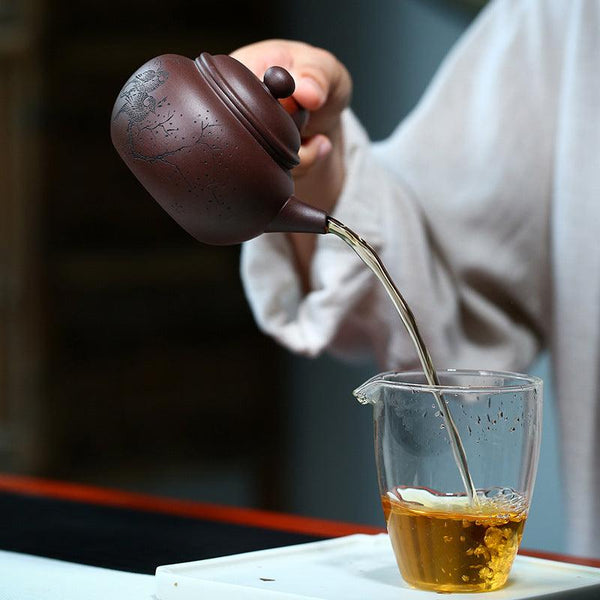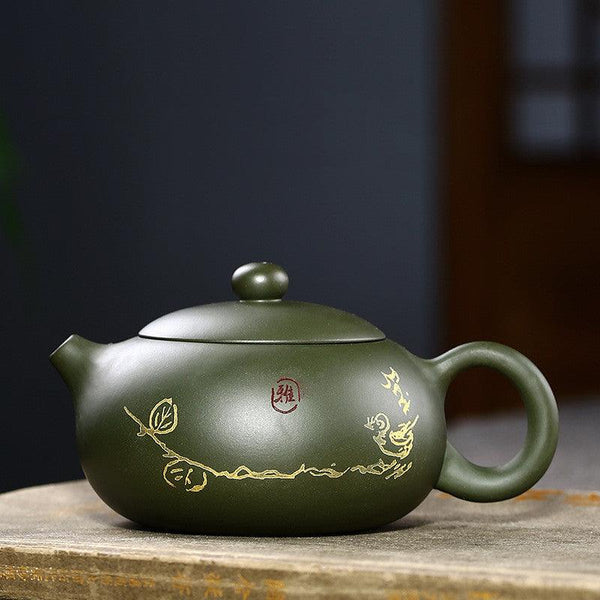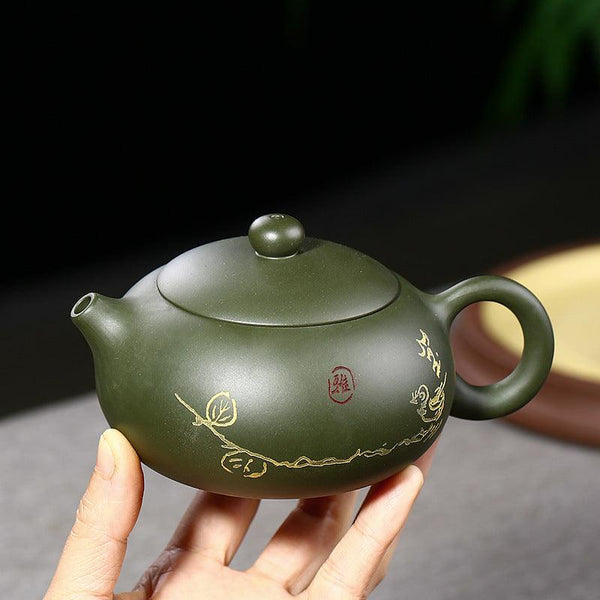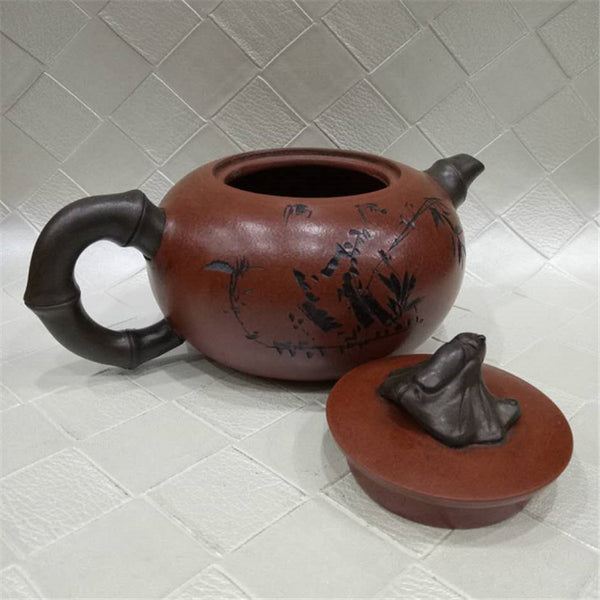Introduction to Zisha Teapot Crafting
Purple clay teapots, or zisha teapots, are iconic in Chinese tea culture. Mastering the art of zisha teapot creation requires practice, skill, and the right tools. For beginners, learning the purpose and proper use of each tool is the first step to creating a well-crafted zisha teapot.
Essential Tools for Beginners
Understanding the tools for zisha teapot crafting can help beginners start strong. Here’s a breakdown of the main tools and their specific functions.
1. Beater

- Function: Used to beat the purple clay, shaping it into slabs and strips suitable for teapot making.
- Benefits: Removes air from the clay, improving density and plasticity.
Most beaters are made from durable wood like rosewood or walnut, which ensures longevity and efficiency.
2. Paddle

- Function: The paddle is essential for shaping teapot bodies and lids.
-
Types:
- Large Paddle: Used to shape larger sections like the teapot body.
- Small Paddle: Usually bamboo-made, it comes in various shapes, such as flat, pointed, or triangular, for refining details.
Using the paddle correctly requires controlling the angle and pressure to achieve the desired shape.
3. Sharp Knife

- Function: Essential for detailed work like carving, cutting, and scraping.
- Benefits: Helps in sculpting precise details like spouts and handles, enhancing the teapot’s aesthetics.
These knives are typically made of metal or bamboo and need to be kept sharp for optimal results.
4. Circular Cutter

- Function: Used to cut circular clay sheets, forming the base for various parts of the teapot.
- Benefits: Enables quick and accurate cuts for sections like the teapot body and lid.
5. Pangpi Knife

- Function: Named for its resemblance to the pangpi fish, this knife is great for trimming and detailing.
- Benefits: Ideal for refining edges and corners to ensure smoothness and symmetry.
6. Polishing Needle

- Function: Used to polish the surface of the clay, resulting in a smooth, shiny finish.
- Benefits: A smooth finish improves both the appearance and the durability of the teapot.
Often crafted from horn or plastic, the polishing needle is essential for bringing out the clay's natural sheen.
7. Curved Scraper

- Function: Used to create seamless curves, enhancing the teapot's aesthetic.
- Benefits: Helps maintain an even and symmetrical curve on the teapot’s body and lid.
Made from bamboo or wood, this tool helps with fine detail work.
8. Line Ruler

- Function: Essential for drawing clean, precise lines, often used for decorative patterns.
- Benefits: Creates polished, well-defined lines for teapot embellishments.
These are often made from materials like wood, bone, or bamboo, designed to fit perfectly on the teapot surface.
9. Joint Smoothers

- Function: Ensures smooth seams where different clay parts join.
- Benefits: Prevents weak points and enhances the overall structure.
Using these smoothers helps achieve seamless joins between parts, strengthening the teapot.
10. Molding Forms

- Function: Assists in creating convex shapes for lids and other rounded parts.
- Benefits: Allows for consistent shapes and sizes in complex designs.
These forms can be made from various materials, including wood, plaster, or purple clay.
11. Turntable

- Function: Allows easy rotation of the teapot body for 360° access.
- Benefits: Enhances precision by enabling access from all angles, speeding up production.
Turntables are typically made of wood or metal, chosen for their stability.
12. Cylinder Tool

- Function: Shapes and smooths circular holes, particularly in spouts and handles.
- Benefits: Guarantees precise, rounded holes that add to the teapot’s functionality.
13. Copper Tube
- Function: Used to drill water spouts or vents in lids.
- Benefits: Ensures clean and accurate holes for optimal water flow and ventilation.
Using copper tubes of various diameters helps achieve the ideal spout and vent sizes.
Benefits of Each Tool in Zisha Crafting
Each tool serves a unique purpose in zisha teapot crafting. Mastering these tools helps the artist create both functional and beautiful teapots, with tools like the beater enhancing clay density and the polishing needle providing a glossy finish.
Tips for Beginners
- Start with Basic Tools: Begin with tools like the beater, paddle, and sharp knife. These cover most initial shaping needs.
- Practice Patience and Control: Tool handling can impact the quality of your work, so practice steady hand control.
- Work with High-Quality Materials: Quality clay and durable tools can greatly improve your results.
- Experiment and Refine: Each tool offers a variety of applications, so experiment to learn each tool's range.
Conclusion
Understanding and mastering zisha teapot crafting tools is a rewarding journey for any beginner. These tools play a crucial role in shaping, refining, and finishing each teapot, allowing you to create unique, elegant designs. With practice, the beauty of zisha crafting will reveal itself, making each creation a true work of art.
Essential Tools for Crafting Yixing Teapots >> Shop Now


